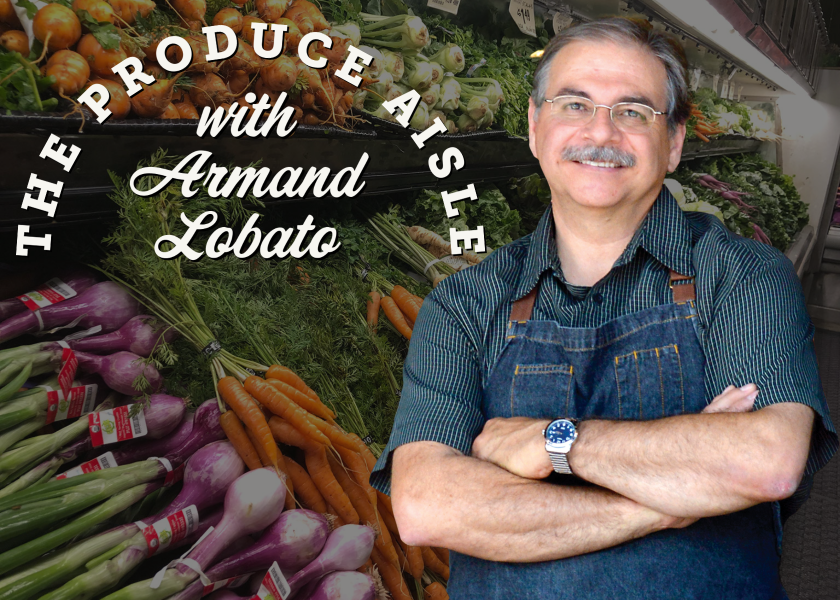Why you should learn the language of produce accounting

"How’s the books looking these days?"
That may seem like an off-the-cuff remark from your produce supervisor or your store manager; however, they’re not just asking a passing question, like a casual “How’s your March Madness bracket doing?”
It’s an important question, and one you should be prepared to answer. Even though, for the most part, produce managers have their nose to the fresh grindstone day after day, it is also imperative to understand how your accounting system works — and yes, keeping up with how your produce department is performing at any given period.
I’m pondering this as I happen to be traveling in the heartland of Omaha, Neb., this week. I met with customers over lunch on a chilly day. Afterward, I drove near Farnam Street in the downtown shadows of the Berkshire Hathaway corporate office, home of billionaire Warren Buffet.
Mr. Buffet once said, “Accounting is the language of business.”
Again, you may be the produce merchandising superhero, but can you speak (and understand) the accounting language? Fortunately, you don’t have to delve too deeply into that world. Whenever I’ve glanced over the shoulders of accounting gurus in corporate offices, their spreadsheets seem to be otherworldly — daunting, in fact.
What you do need to know are the basics about what you’re held accountable for, such as knowing your sales and how this compares to last week or to the same week the prior year.
Are you familiar with your inbound charges or cost of goods? You should know how your pricing is set. Which items are per each, which per pound. You should know how to run (or ask for) a periodic system check to compare what the pricing is in the system versus what you should be selling your produce for. As a produce manager you should know how to track sales at any given point, run the report and see what your “slice” or percent of store sales it represents.
Related: Read more insight from Armand Lobato
It's a common refrain during the excitement of a grand opening: “It’s busier than all get-out. Let’s get a (sales) reading!”
What about the usual, day-to-day business? Every time you receive a load from your warehouse or distribution center, there’s an invoice to reckon with. This should be checked for accuracy of pack sizes, cases received and shortages, while taking careful note of the charges.
Is anything out of line? Are you getting the special, “lid” price for ad items? Anything else seem amiss? Are you receiving credit for discrepancies? It’s your gross profit on the line, so even though you’re busy doing a dozen other things, take time to study the daily invoices.
From that point, invoices are tallied on a weekly or periodic basis. Learn your system, your P&L sheet and how these and other basic accounting points fit together.
If you’ve moved up through the produce ranks (as most managers do), you will have no doubt taken part in periodic inventories. Some chains do it quarterly, others more often.
In every example, it’s a lot like taking stock of everything on hand before writing an order, except your period ending inventory is far more thorough. After you tally this up, you should be able to figure your gross profit by calculating sales and cost of goods into a formula that includes a beginning (and ending) inventory.
Beyond this point, every chain may have other accounting nuances, so it’s best to become well-versed on any finer points.
As March ends, it’s the conclusion of the first quarter of the year. It’s Inventory time — and time to see how your department is measuring up. Go figure.
(As for March Madness, go Kansas.)
Armand Lobato works for the Idaho Potato Commission. His 40 years of experience in the produce business span a range of foodservice and retail positions.







